In a discussion of statins and myalgia, it is always important to start with definitions.
Muscle-related conditions associated with statins:
Myalgia: Muscle pain. Defined as muscle symptoms without significant elevation of creatinine kinase (CK).
Myopathy: Disease of the muscle in which the muscle fibers do not function properly resulting in weakness. Defined as muscle pain or weakness accompanied by a CK of 10 times the upper limit of normal (ULN).
Rhabdomyolysis: The breakdown of damaged skeletal muscle. Defined as CK40 times the ULN often with acute renal failure secondary to myoglobinuria. Medications that can cause rhabdomyolysis include antipsychotics, antidepressants, antiviral medications, and statins.
Statin Intolerance:
- Any adverse event or effects that are considered unacceptable by the patient and/or laboratory abnormalities that can be attributed to statin treatment and lead to discontinuation of therapy.
- If symptoms are attributed to statin treatment they should:
- Occur AFTER the initiation of therapy.
- STOP after therapy is discontinued and the medication has had time to be cleared from the body (usually within 3 to 4 weeks depending on the statin and how long the patient was taking it.).
- REOCCUR when statin therapy is reintroduced (same statin).
- True/ total statin intolerance is generally considered to be the inability to tolerate AT LEAST TWO statin medications—one at the lowest starting dose and one at any other daily dose.
- Labs to differentiate between statin-induced myopathy/rhabdomyolysis vs myalgia and to rule out other underlying conditions.
- Creatinine Kinase (CK) with isoenzymes
- Electrolytes (calcium and magnesium)
- Serum myoglobin
- Creatinine and BUN
- Urinalysis
- ESR and CRP
- Thyroid function
- AST
Risk Factors for Developing Myalgia:
| Patient Factors | Medication Factors |
| Older patients Hypothyroidism Female gender Low BMI Kidney Impairment Heavy/Intense Exercise Pre-existing Muscle Disease Co-morbidities that increase serum levels of statins Surgery | Dose – higher dose, higher risk. Interacting drugs that increase statin serum levels. First year of statin therapy Lipophilicity-higher lipophilicity associated with higher risk of muscle symptoms. If the statin is broken down by mostly one enzyme or biologic process rather than several. |
Lipophilic Statins: Simvastatin, Lovastatin, Atorvastatin (podcast), Pitavastatin, Fluvastatin
Hydrophilic Statins: Rosuvastatin (podcast), Pravastatin
MOST likely to Cause Myalgia: Simvastatin.
LEAST Likely to cause Myalgia: Pravastatin/Fluvastatin
Current Theories for Why Some Statins Cause Myalgia More than Others:
- Dose and serum level: Risk of myalgia/occurrence of myalgia can be related to the dose of statin being taken. Higher doses generally have a higher risk of myalgia. The exception is Atorvastatin which has not shown the same correlation between higher dose and higher risk of myalgia. Increased serum levels, in general, lead to increased risk.
- Lipo vs Hydrophilicity: Hydrophilic statins must be transported actively into hepatocytes by a specific transporter (OATP1B1). These statins are unlikely to build up in non-hepatic tissue. Lipophilic statins pass through cell membranes via passive diffusion and so therefore need no specific uptake protein. They are more likely to enter non-hepatic tissue, primarily muscle tissue, where excess amounts can build up and lead to problems.
- Genetic Susceptibility: There are several genetic variations that can impact the likelihood of a patient developing myalgia while taking a statin. If genetic testing results are available, they can be used to guide both initial prescribing as well as medication adjustments in the future.
Genetic Tests:
- SCLO1B1: strongly associated with Simvastatin-associated myopathy. Simvastatin and Atorvastatin are most affected. Pravastatin and Rosuvastatin are the least affected.
- Others: COQ2, HTR7, RYR1, GATM, CYP3A4, CYP2D6, ABCC2, CLCN1, VDR, ABCG2
We hope this provides a nice summary of statins and myalgia. If you have any comments or questions, don’t hesitate to drop an email at [email protected]
This information was put together by Tori McDougald, PharmD Candidate in collaboration with Eric Christianson, PharmD BCPS, BCGP
- 30 medication mistakes PDF
- 18+ Page Drug Interaction PDF
- 10 Commandments of Polypharmacy Webinar based on my experiences in clinical practice
Popular Amazon Books
References:
Rafael Bitzur, Hofit Cohen, Yehuda Kamari, Dror Harats; Intolerance to Statins: Mechanisms and Management. Diabetes Care 1 August 2013; 36 (Supplement_2): S325–S330.
Rodrigo Alonso, Ada Cuevas, Alberto Cafferata, Diagnosis and Management of Statin Intolerance, Journal of Atherosclerosis and Thrombosis, 2019, Volume 26, Issue 3, Pages 207-215, Released on J-STAGE March 01, 2019, Advance online publication January 19, 2019, Online ISSN 1880-3873, Print ISSN 1340-3478, https://doi.org/10.5551/jat.RV17030,
Climent E, Benaiges D, Pedro-Botet J. Hydrophilic or Lipophilic Statins?. Front Cardiovasc Med. 2021;8:687585. Published 2021 May 20. doi:10.3389/fcvm.2021.687585
Kee PS, Chin PKL, Kennedy MA, Maggo SDS. Pharmacogenetics of statin-induced myotoxicity. Frontiers. August 26, 2020. Accessed November 8, 2023. https://www.frontiersin.org/articles/10.3389/fgene.2020.575678/full#:~:text=All%20statins%20are%20administered%20in%20active%20hydroxy%20acid,Vyas%20et%20al.%2C%201990a%3B%20Taha%20et%20al.%2C%202016%29.

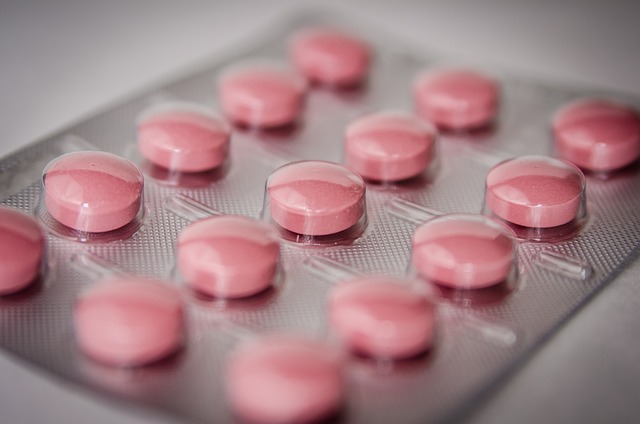


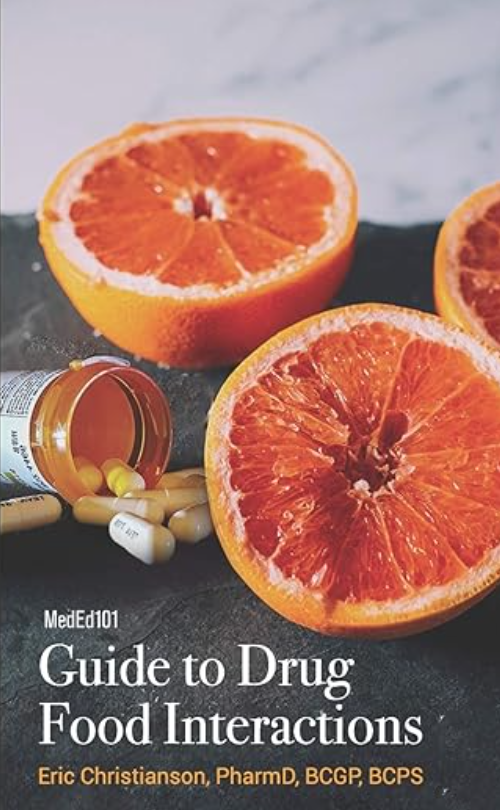
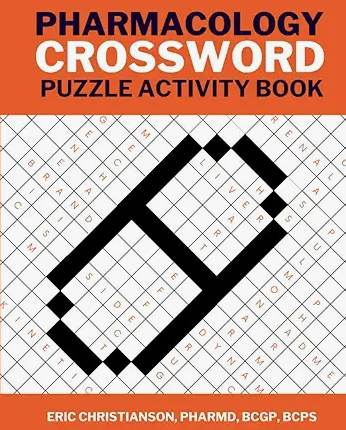
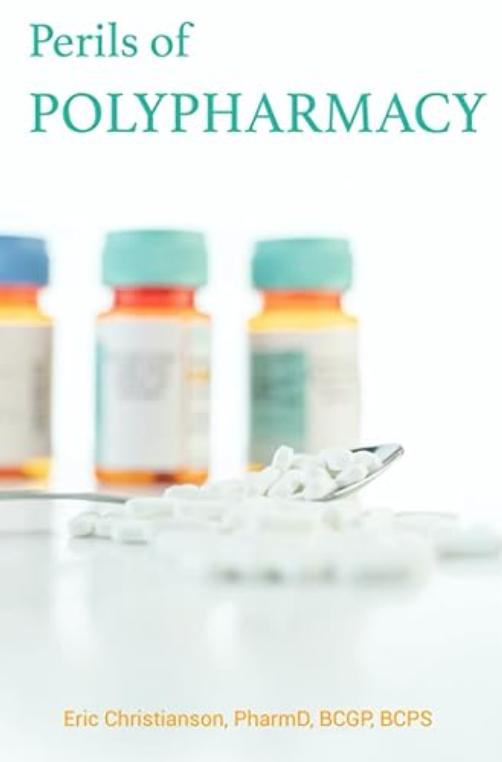
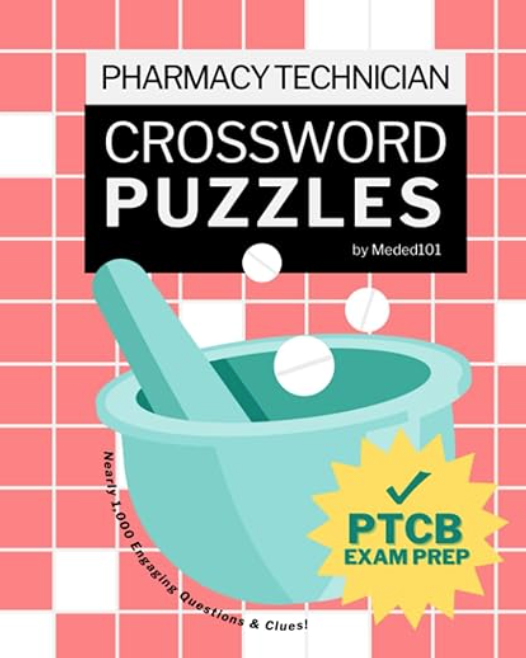

0 Comments